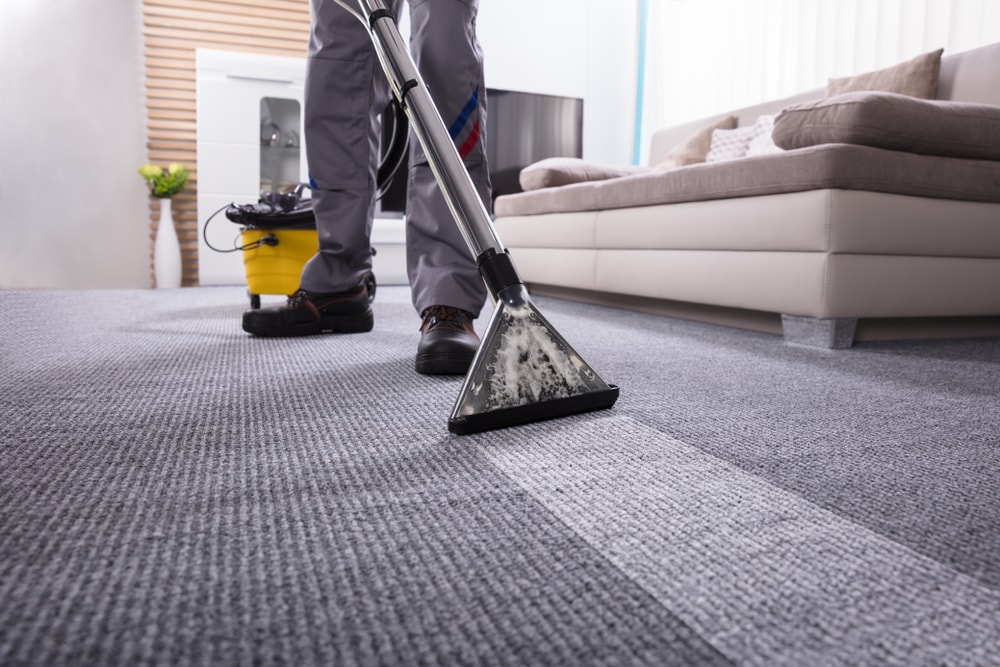Moving out for the first time can be an exciting time, but you’ll need a plan. This guide will help you work out what you need to budget for your move.
Moving out and into your own place is an exciting rite of passage in your adult life. However, moving out can prove to be more complicated than you might expect. Before you call up the furniture removal companies and start packing, take a bit of time to plan out your move.
Here are the key things to look out for to simplify your move, with a focus on your budget and finding a place to live:
1. Finding a New Place
Whether you’re renting or buying, committing to a place is a major step, so it’s a good idea to research what’s available and match it as closely as possible to your needs.
- What’s available – What does your budget allow you to do? Are you looking to buy a house, rent an apartment, or share a house with others? Carefully research what’s available in your budget.
- Your needs – Identify your minimum requirements, whether that’s staying at a place within 15 minutes of your university campus or somewhere that’s close to your place of work. A personal bathroom, plenty of storage space, a car park space, or a large kitchen area could be some of your must-haves.
There’s probably no place that completely matches your requirements, so you might need to decide what you will compromise on and trade one must-have feature for another.
2. Furnishings
You could save extra money by using your existing furnishings from home. If you’re moving into a larger place, you may have to buy some new furniture items.
- Furniture items – Some of the basics you might need may include a bed, sofa, dining room table, coffee, table, chairs and a TV stand. If you’re short of funds, buy the essentials first and stagger your purchases over a few months.
- Buying second-hand – Buying second-hand can help the budget-conscious save quite a bit of cash. Check out second-hand furniture stores online, or ask friends and family if they have any extra furniture pieces for sale.
3. Decorations
Some cost-effective ways to decorate your home include:
- Flowers – Flowers are fragrant, fresh and elegant. Use a bunch of flowers to brighten up every room, from bathrooms to bedrooms and living areas.
- Prints – Use prints of famous classic paintings to decorate your interior spaces.
- Lighting – Use colourful lampshades and dim lighting to create ambiance in a dull or low-energy living area.
- Cushions – Cushions can be used to bring much-needed colour to a living room. You can also use cushions instead of chairs or other seating if you’re on a tight budget.
4. Budgeting Expenses
Other than furniture and rent (or mortgage repayments), you’ll need to budget for everyday items, such as groceries and utilities.
- Utilities – Utilities include gas, electricity, water, Internet, cable TV and phone. These might be included in your rent if you’re moving into shared housing, or you may have to pay these on top of your rent payments.
- Groceries – Estimate how much you’ll be paying per week on groceries. If you have no idea how much you will need, do a ‘pretend’ shopping trip by going down to the supermarket. Pick out what you think you’ll need each week and note down the prices.
- Insurance – Car and health insurance are essentials, but you might also have other types of insurance, like renters insurance or income protection insurance.
- Miscellaneous – Make sure you budget for other miscellaneous items, such as entertainment, eating out, clothing, petrol and car registration.



